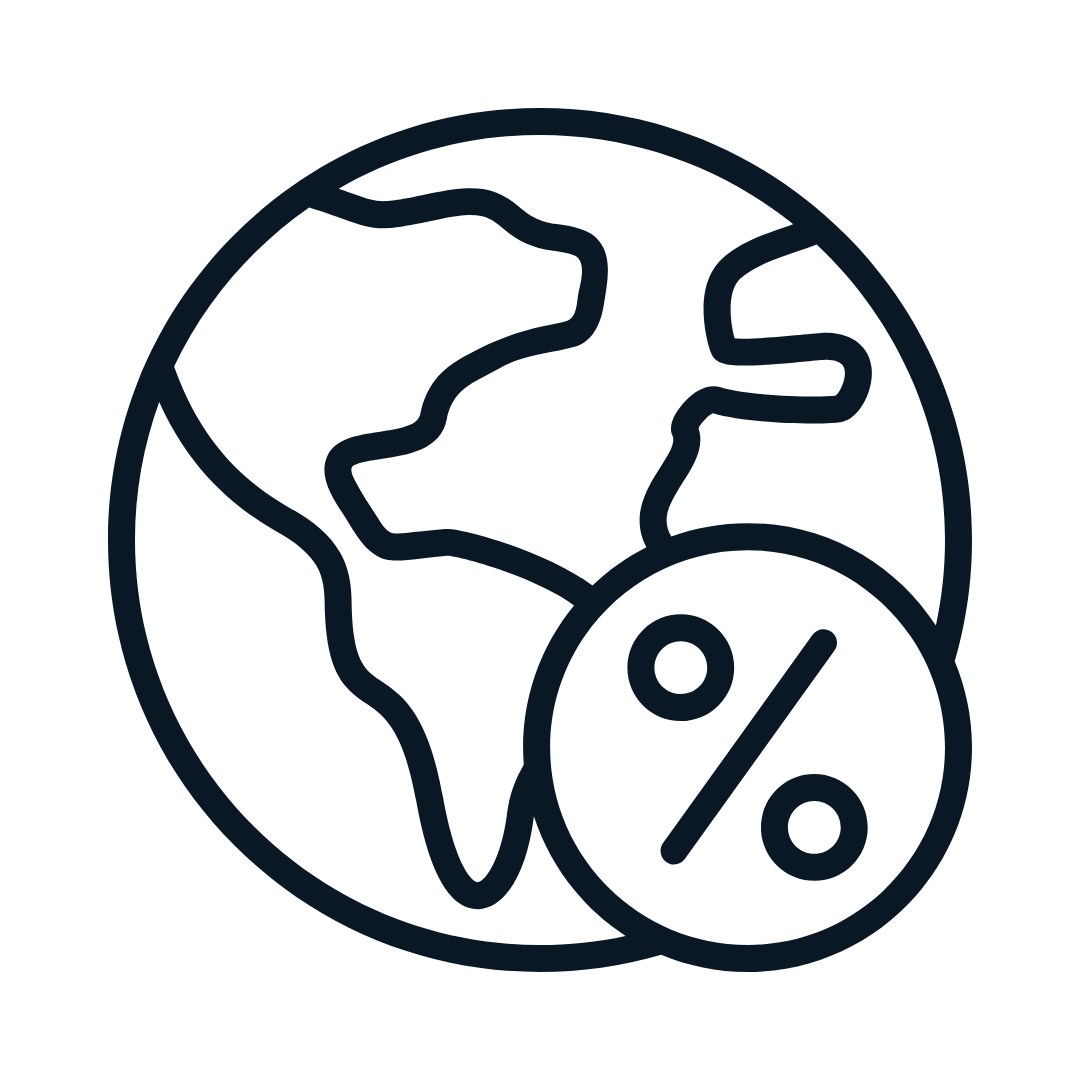If you have scouted international markets or are planning a business venture in a new region, you’ve likely encountered the term “import tax.” But what exactly is import tax, and how does it affect your bottom line?
Understanding import tax is crucial for almost everyone in today’s globalized economy. Additionally, the concept of import tax has expanded in the tech space, where dual-use goods are subject to a plethora of additional details.
In this comprehensive guide, we’ll demystify import tax and explore its ins and outs in some key destinations. Furthermore, we’ll break down the fundamentals, walk you through the documentation process, and reveal how our cutting-edge app provides 100% accurate, up-to-date import tax calculations with no hidden fees.
So, steel yourself, take a breath, and let’s investigate the intricacies of import tax. It’s time to unravel the complexities of import duties and discover how you can stay ahead in the global marketplace.
The TecEx Global VAT Compliance Solution
When imports are not structured correctly, VAT becomes a sunk cost. TecEx’s solution considers both IOR and VAT recovery, streamlining the recovery process.

What is Import Tax?
Import tax, also known as import duty, customs duty, or import tariff, is a fee levied by governments on goods brought into a country from abroad. This tax serves multiple purposes, including generating revenue for the government, protecting domestic industries, and regulating the flow of goods across borders.
Explore the fundamentals of tariffs here.
Now You Know
According to the World Trade Organization (WTO), the global average tariff rate has decreased from 10.1% in 2006 to 8.9% in 2021, indicating a general trend towards trade liberalization.
How Import Tax Works
When importing goods, the import tax is typically calculated based on the value of the items, which may also include shipping and insurance costs. The import tax rate can vary depending on the type of product, its origin, and the importing country’s policies. Some goods may be exempt or subject to reduced rates, while others might face higher taxes. These can usually be revealed with a classification or HS code.
Understanding import tax is more than just a regulatory necessity—it’s a strategic advantage. By grasping the nuances of import duties, you’re better equipped to:
- Accurately forecast costs and protect your profit margins.
- Comply with international trade regulations.
- Make informed decisions about sourcing and market expansion.
- Optimize your supply chain for tax efficiency.
Explore our liability cover for a more comprehensive cross-border trade solution
What is Duty-Free?
While negotiating the particulars of import tax, it’s also important to understand the concept of “duty-free” goods. Duty-free items are products that can be purchased without paying import duties or taxes, typically available in international airports or specific trade zones.
However, it’s crucial to note that duty-free doesn’t always mean tax-free. Many countries still impose limits on the value or quantity of duty-free goods that shippers can import.
The TecEx App can help you understand these duty-free allowances and calculate any potential taxes on shipments exceeding these limits. This ensures you stay compliant while maximizing your savings in international trade.
Import Tax Documentation
Proper documentation is crucial when dealing with import taxes. Key documents include:
- Commercial Invoice (CI)
- Bill of Lading (BoL) or Airway Bill (AWB)
- Packing list
- Certificate of Origin (COO)
- Import licenses (sometimes required)
- Certifications (sometimes required)
These documents help customs officials determine the appropriate tax rate and ensure compliance with import regulations.
To simplify import tax and global trade regulations, contact the TecEx team
Import Tax in Different Countries

United States (US)
The US uses the Harmonized Tariff Schedule (HTS) to determine import duties. Rates can range from 0% to over 30%, depending on the product category. Some goods may enter duty-free under trade agreements or special programs.

United States (US)
Brazil‘s import taxes are generally high compared to many other countries. The country uses the Mercosur Common Nomenclature (NCM) system to classify goods. Import duties can range from 0% to roughly 96%, with additional taxes such as the Industrial Product Tax (IPI) potentially applying.

Spain
As a member of the European Union, Spain follows the EU’s Common Customs Tariff. Import duties are generally lower than in many non-EU countries, with rates typically ranging from 0% to around 21%. The TARIC (Integrated Tariff of the European Union) database provides detailed information on applicable duties.

Mauritius
Mauritius has a relatively open trade policy with generally low import duties. Most goods are subject to a 0%, 10%, or 15% rate, with some luxury items facing higher rates. While Mauritius generally maintains low import duties, it’s crucial for importers to stay updated on potential changes and to accurately classify their goods to ensure compliance and avoid unexpected costs.
Accurate Import Tax Calculation
While we provide estimated import tax amounts for each country worldwide, The TecEx App offers 100% accurate, up-to-date import tax calculations for each specific destination. This ensures that users have the most precise information available when planning their imports.
Understanding import tax is crucial for businesses and individuals engaged in international trade. By staying informed about the regulations and using accurate calculation tools, importers can better plan their costs and ensure compliance with customs requirements.
Transparency is key when dealing with import taxes. Our App provides clear, comprehensive information on all applicable fees, ensuring there are no hidden costs or surprises during the import process.
Mastering Import Tax: Your Key to Global Trade Success
As we wrap up our deep dive into the world of import tax, it’s clear that this crucial aspect of international trade is both complex and dynamic. From the varied rates across countries to the intricate documentation requirements, import tax plays a pivotal role in shaping global commerce.
Remember, while import tax may seem daunting, you don’t have to navigate these waters alone. Our dedicated team of VAT specialists stays current on evolving regulations across global destinations, ensuring you’re always a step ahead of your tax compliance.
As global trade continues to evolve, staying informed about import tax will remain crucial. Ultimately your knowledge of import tax is a valuable asset in our interconnected world.
So, armed with this understanding of import tax, go forth and conquer the global marketplace. Your journey in international trade starts here, and with the right tools and knowledge, there’s no limit to where it can take you.

